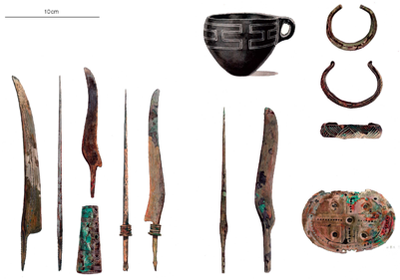Story about the name Evoking the deep history and heritage of Lake Neuchâtel, the "Arinis" is a stylish diver's watch that remains faithful to the brand's core design principles. It inherits the dimensions, chevé-box sapphire crystal, lug shape, and emblematic side edge of the original series. This robust timepiece features a ceramic bezel, luminous Super-LumiNova numerals, and a water resistance of 20 bar (200m). Named "Arinis" – the ancient first-millennium designation of Saint-Blaise – the watch celebrates the village's position on the shores of Lake Neuchâtel and the region's captivating past, from Celtic tribes to the stilt-dwelling Palafitte civilization. The "Arinis" design subtly nods to this history, with elements recalling the Celtic wheel found within the lake, the ceramic artifacts unearthed at Chemin du Diable in Saint-Blaise, and the very spirit of the lake. Even the minute hand, shaped like an ancient arrow, pays tribute to the people who lived along these shores 12,000 years ago.
Read MoreBehind the design
Short story about the name Arinis The village of Saint-Blaise was built in the time of Charlemagne (800 AD). It was initially known as Arins, or even Arens, but this was replaced by Saint-Blaise in 1280. The name Arins (Arinis in Latin) appears for the first time in 1011 in a deed by which King Rodolphe III of Burgundy gives his fiancée several towns and villages, including Neuchâtel, Auvernier and Arins. Arins was a favourable location: it was close to the lake, the upper part of the town was in a dominant position and, above all, there was a river, the Ruau, which could be used to power mills and other machinery.
Read More
